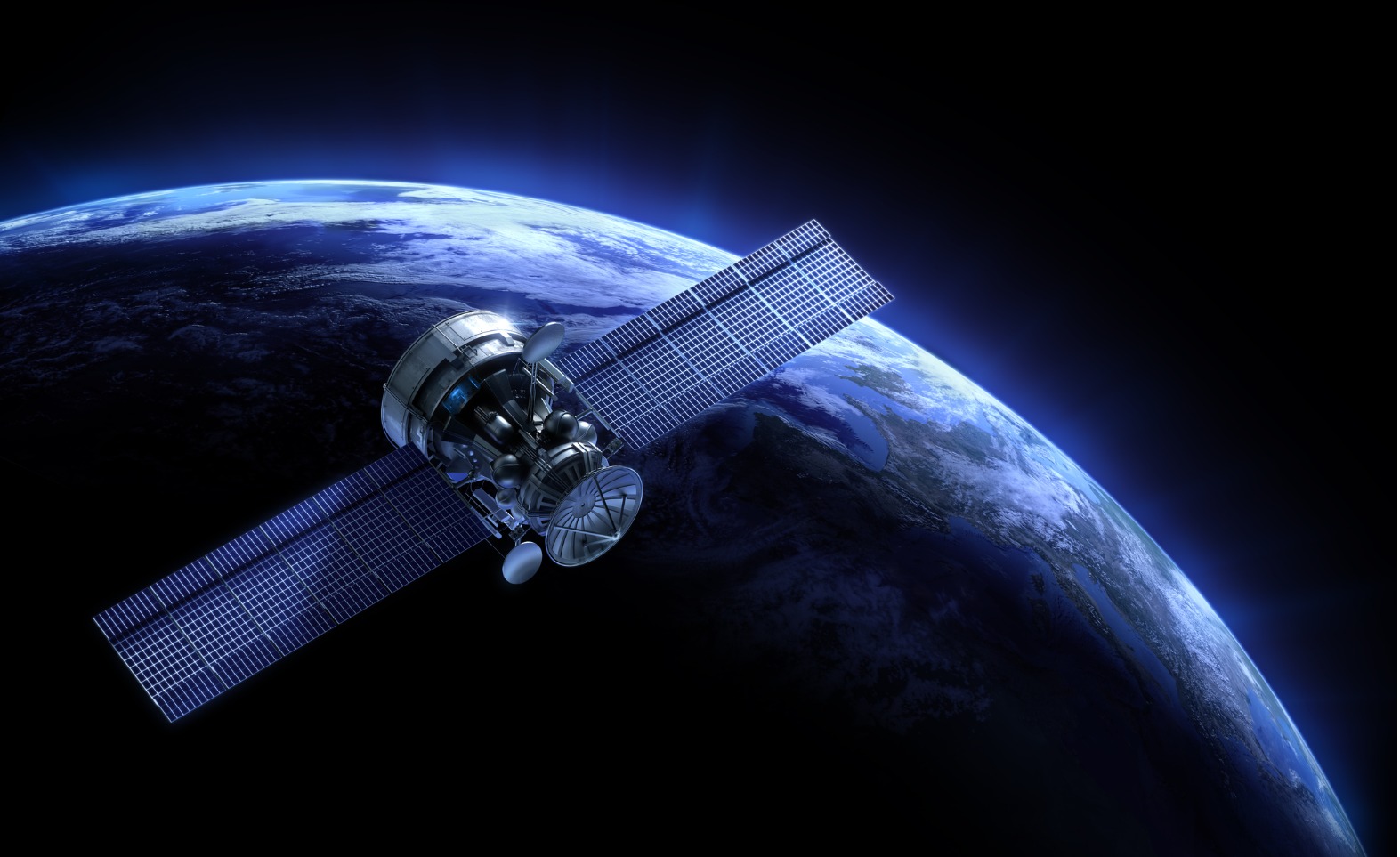
March 12, 2025
The global space economy will be driven by commercial satellite services, deep-space exploration, and space-based infrastructure
This growth is supported by policy reforms, private sector participation, and enhanced international collaboration
The report notes that India's space sector is transitioning from a government-led model to a commercially driven and innovation-focused ecosystem
Satellite communication (SATCOM) will be crucial for expanding digital connectivity, especially in rural and underserved areas

India’s space economy aims to grow from US$8.4 billion in 2022 to US$44 billion by 2033, according to a FICCI-EY report titled “Unlocking India’s Space Economy – Pathways to Growth, Innovation, and Global Leadership.” This report was released at the Bharat Space Conclave 2025, organized by FICCI.
The global space economy is projected to exceed US$1.8 trillion by 2035, driven by commercial satellite services, deep-space exploration, and space-based infrastructure. India has set an ambitious target of capturing 8% of the global market while significantly increasing its space economy over the next decade.
This growth is supported by policy reforms, private sector participation, and enhanced international collaboration, bolstered by the Indian Space Policy 2023 and institutions like IN-SPACe and NSIL. The FICCI-EY report notes a major shift is occurring, with India’s space sector transitioning from a government-led model to a commercially driven and innovation-focused ecosystem.
Satellite communication (SATCOM) is expected to reach US$14.8 billion by 2033 and will be crucial for expanding digital connectivity, especially in rural and underserved areas. By utilizing Low Earth Orbit (LEO) and Medium Earth Orbit (MEO) satellite constellations, India can accelerate broadband penetration, enhance financial inclusion, and strengthen digital infrastructure, supporting key initiatives like Digital India and BharatNet. Additionally, the growing use of Earth Observation (EO) and remote sensing, which is projected to contribute US$8 billion by 2033, is already transforming agriculture, disaster management, and climate resilience, as highlighted in the FICCI-EY report.
Source: Economic Times